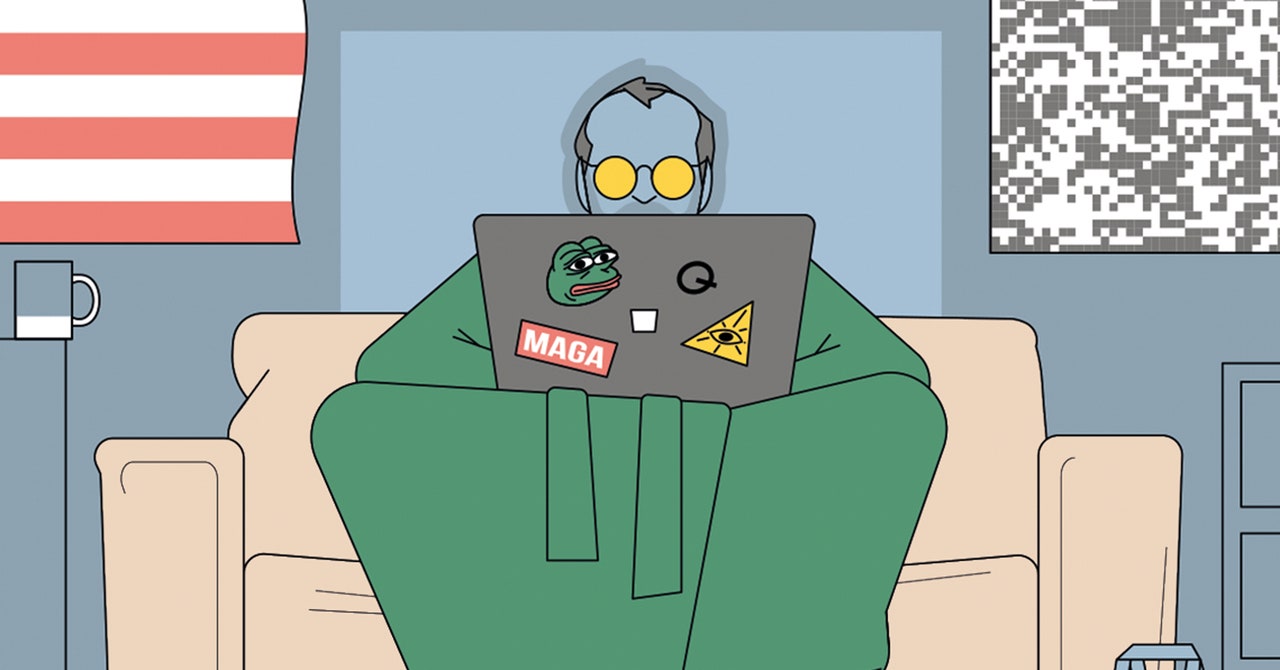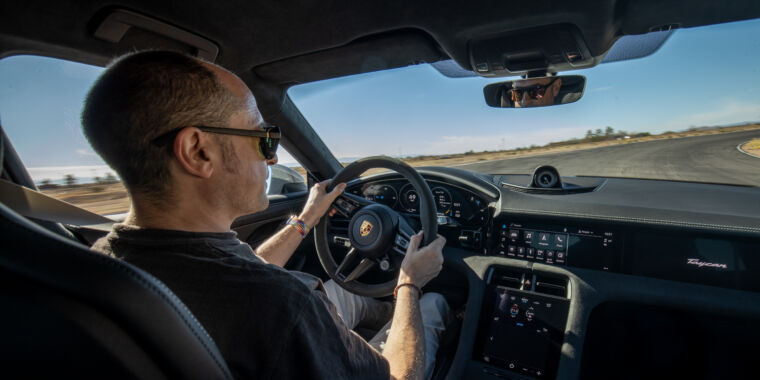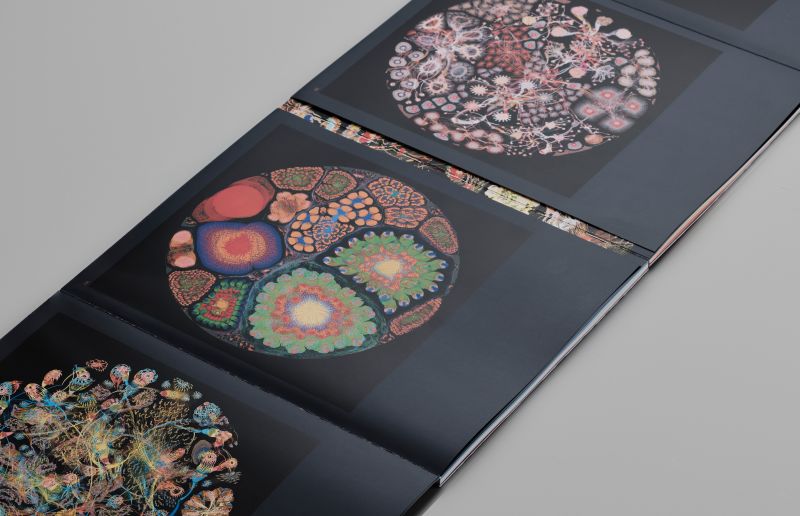Con la derrota de Trump en las elecciones de USA, el bochorno del ataque al Capitolio a principios de 2021, y declive general de esa combinación de religión y conspiranoia que es QAnon, parece natural pensar que la era de los majaderías alt-right ya está de salida.
Pero el prolongamiento de la pandemia puede producir el caldo de cultivo perfecto para los problemas que las conspiranoias antivacunas (la versión más reciente de estos cultos de extrema derecha) saben explotar mejor: el aislamiento, la incertidumbre, y la soledad.
“Cult-like extremist movements appear to provide an antidote to the potent mixture of isolation, uncertainty, changing narratives, and fear we have experienced during the pandemic by offering a skewed form of safety, stability, and certainty, along with a cohort of people who are just like us, who believe us and believe in us. As the activist David Sullivan—a man who devoted his life to infiltrating cults in order to extricate loved ones from their grip—pointed out, no one ever joins a cult: They join a community of people who see them. In 2022, this appeal of cults will only grow, and those that arise next year will make QAnon seem like the good old days.”
 Platformer
Platformer Introducir pagos privados con criptomonedas en una app como Signal no tiene que ser, a priori, una mala idea. Pero en este caso, quizá sea justamnete la excusa que necesitan los reguladores anti-encriptación para tumbar todo el producto: un disparo en el pie en toda regla.
“Last year, current and former Signal employees told me they were worried about what that combination would bring to the app. Anonymous transactions would likely attract criminals, they told me, and that in turn would attract regulatory scrutiny. Given that end-to-end encryption already faces legal challenges around the globe, they said, Signal’s addition of anonymous payments was a needless provocation. And it could give more ammunition to lawmakers who want to end encryption as we know it.”
En este artículo/ensayo se hace una muy buena retrospectiva del “milagro del plástico” como fenómeno de consumo. Desde el principio de siglo, pasando por la euforia de los 60, hasta la actualidad, en la que estamos cavando nuestra propia tumba (climática, y quizá biológica) a base de plástico.
“Slice into my round tummy the way they cut open dead albatrosses, and you will find plastic in both. It laces our salt, floats in our water, leaches from those silky pyramid teabags (a single bag can release 11.6 billion microplastic particles). And if you bottle-feed? That Pampered babe in your arms is sucking in somewhere between 1.5 and 4 million microplastic particles a day. Then there are the nanoplastics, particles small enough to wend their way from the gut into our bloodstream . . .We are not yet sure of the effects.”
“What made us think it would be swell to have a material that would not rot? Our horror of death, I suspect. Eager for immortality, we let ourselves be fooled.”
Y hablando de plástico, el artista Ekow Nimako da forma a estas esculturas usando sólo piezas negras de Lego. El resultado es espectacular, y trasciende el concepto del proio juguete o hobby.
“I’m making art,” said Nimako. “This is fine art. It’s not a hobby, it’s not a toy, it’s not part of the Lego fandom, it’s not goofy. It doesn’t fall into a lot of categories that Lego creations fall into.”
“Nimako considers himself to be a “futurist” who blends Africanfuturism, Afrofuturism and Afrofantasy. While Africanfuturism focuses on the experience of those on the African continent, Afrofuturism is more focused on the African American experience of looking into the future, drawing from the past and connecting to the continent, according to the artist.”
Decir que la dirección asistida eléctrica de los coches de hoy hace la conducción “menos auténtica” puede parecer de sibarita del volante. Pero si realmente esto hace que el acto de conducir sea más aburrido, menos “engaging”, o si provoca que la persona que conduce esté menos alerta al estado “real” del vehículo, puede llegar a ser peligroso y provocar más accidentes.
“With sufficient motivation, cars can still be engineered to provide engagement, and an engaged driver is usually an alert one. But good steering takes time and costs money to develop and tune, on top of the increased bill of materials. So for now, an emphasis on steering is the preserve of expensive brands like Porsche. For cars built to a price, we’re still waiting for a 21st-century Parry-Jones to find a way to inject some fun.”
Podemos considerar “come-tarros” muchos de los manuales internos que las compañías distribuyen entre sus empleados. Casi siempre tienen el objeto de generar una narrativa sobre la misión de la empresa que confeccione cierta lealtad o sentido de pertenencia entre los que trabajan. No sé si será este el caso de este manual interno de Graphcore, pero al menos se han esforzado en que el apartado visual sea espectacular.
A través de este artículo descubro que con la Playstation 2 no sólo se podía jugar al Grand Theft Auto, si no producir música. Y en el caso de algunos géneros (como jungle/breakbeat), quizá casi a un nivel profesional, según opinan en este artículo.
Aunque para música electrónica, el nuevo álbum de Starcadian no tiene ni un minuto de desperdicio. All Killer, No Filler.






